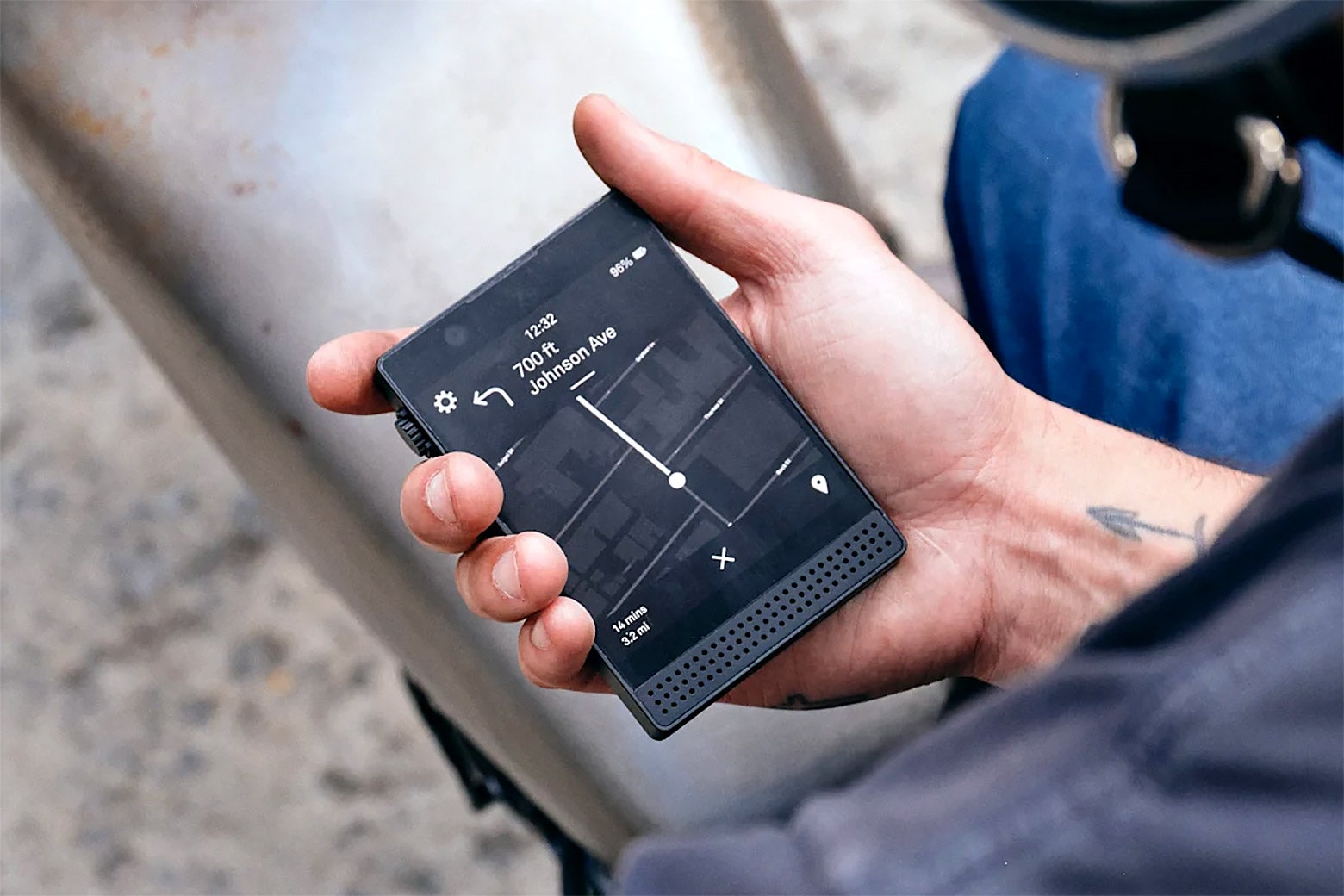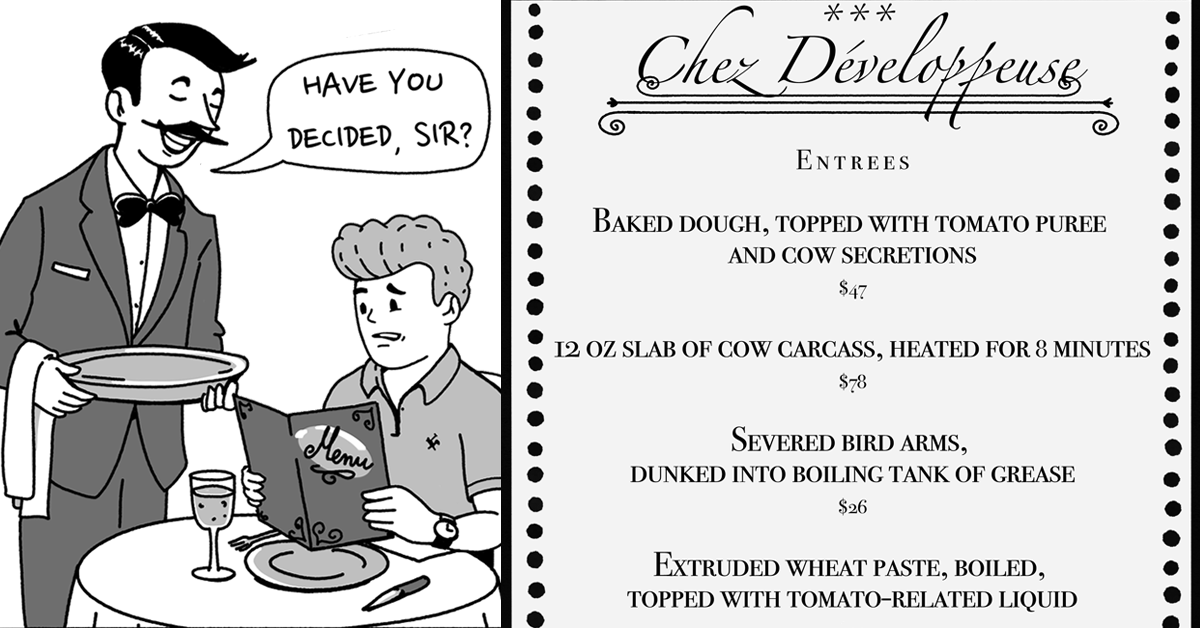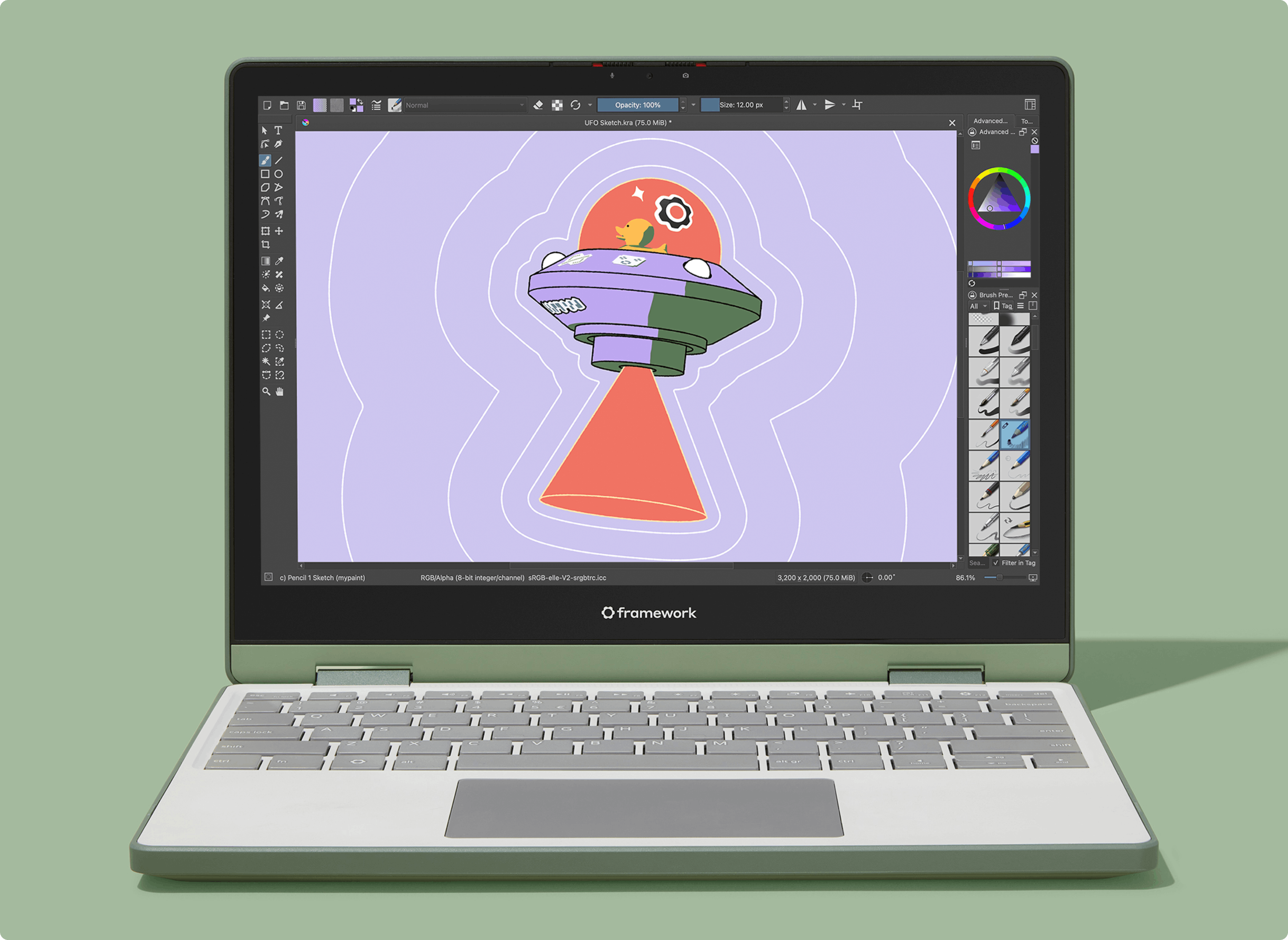Trading in a smartphone for something slower, quieter, and a little weirder changed how I live. Now that the Light Phone is evolving, so is my relationship with it.

Sign up for the Slatest to get the most insightful analysis, criticism, and advice out there, delivered to your inbox daily.
Two and a half years ago I gave up my iPhone. I never regretted it once. I wrote about my new device, the Light Phone II, for Slate. My Light Phone II was part of a loose family of alternative communication devices colloquially called “dumbphones.” They are usually limited to text messages and phone calls, can’t access the internet, and don’t have a gajillion apps. I was drawn to the Light Phone because it was arguably the most minimalist version available; it barely resembled a phone at all, and was so strikingly unobtrusive compared to my old needy iPhone.
What started off as a yearlong experiment turned into a different way of life. When my family moved to a new city during that time, I tracked the experience, by turns alienating and thrilling, in relation to my lack of a smartphone.
Dumbphones are often hitched to mindfulness and mental health campaigns, for users seeking a digital detox. As a Reddit community tagline puts it, “Join the revolution and enjoy the simple life!” The student newspaper on the campus where I work ran a story about college students choosing dumbphones to mentally declutter. The reporters even interviewed me for background. Word gets around when you shun smartphone hegemony. While it does feel personally revolutionary to ditch a smartphone, it’s really more of a subculture, and will likely remain so as long as the lords of Silicon Valley reign.
I have used the Light Phone II to call and text—that’s it. The Light Phone considers itself a mere tool for communication, with a limited selection of additional “tools” like simple map directions, a notepad, and a podcast player, which can be downloaded onto the phone. Smartphones are tools, of course, too. But smartphones are more like multitools, and the user is constantly interpellated to do plumbing repairs, tighten loose screws, hone edges, saw twigs, and cut wires—often within seconds of one another.
When the Light Phone III was revealed, my son suggested I reach out to the company and offer to write about the new model. I was so happy with my model II that I resisted, but my son persisted and I finally acquiesced, and Light sent me a press phone which I have been using over the past couple weeks, and as we took a spring break trip down to New Orleans to visit friends.
The Light Phone II was almost comically tiny, reminiscent of a vintage iPod Touch; people would notice when I took it out of my pocket: “What is THAT?!” And they were often charmed by the minimalist design, the E Ink screen, and the limited options. I don’t think I ever converted anyone, but people would sometimes get a faraway look in their eyes, saying things like “I wish I could give up my iPhone …” I would tell them truthfully that it changed my life for the better, but I wasn’t a pusher. We’re all implicated and entangled in this digital mess, no matter our individual consumer choices.
The Light Phone III is bigger, heavier, and faster overall. My old model was awkward and slow to type on when sending texts. This was actually one of the delights of the II: It took so long to text that I found myself sending one- or two-word messages. I didn’t get sucked into long text threads because my end of exchanges was limited and boring. The old phone could not receive images or links—but cleverly, they would be automatically forwarded to my email, so I’d get these things later, when I was on my computer. (There’s no email on the Light Phone, suffice it to say.)
The new phone feels much closer to an iPhone. It has a good heft; it’s substantial. “It’s like a little slab,” observed my son. On our road trip we stopped at a Wendy’s in Mississippi and I realized the Light Phone III is quite close in shape and size to a Dave’s Single patty. The new phone also has a camera, which features a two-step shutter button. This gives it a slightly retro vibe. It isn’t kitschy though; it actually makes you take a second to think about the picture you’re taking. And the quality of the photos is rich. (You have to download them from a USB cable for their full effect; texted photos are grainy.)
Perhaps it was the novelty, but I found myself clicking the phone on more frequently, and texting longer replies to my wife as we occasionally split up to take our kids around old haunts in the Crescent City. She said my texts were longer again—and she generally thought this was a good thing. I had been somewhat sick of never-ending text threads, even with my close friends and family, but it’s true that with the Light Phone II, I had gone a bit rogue and maybe too pithy. My son summed up the new phone as “a good upgrade.” (At 14, he was getting to the point of embarrassment if I bragged about my Light Phone II around his cousins or friends.)
Writing about the Light Phone III for the New York Times, Brian X. Chen tried the device but ended up jaded: “The downsides of a dumber phone chipped away at my enjoyment, and over all I felt more stressed and less capable. I suddenly found myself unable to get into a train station, look up the name of a new restaurant or control my garage door.” Of course, Chen only tried it for a week—you really have to stick with it longer (accepting all the challenges that come with it) to feel the liberating effects of what the company calls “going Light.”
As Light Phone CEO and co-founder Kaiwei Tang explained it to me, shifting to a Light Phone is a commitment. “But like eating healthier or exercising more often, it requires you to think it through and plan for it, and then you will see the benefits,” he said. Based on my experience over the past two and a half years, I completely agree. And to put a point on it, all the individualized conveniences we’ve come to take for granted with our digitally ingrained, smartphone-enabled systems are also the same forces causing democracy to fray. Planning things out and dealing with contingencies; talking to people when we hit obstacles; troubleshooting daily puzzles that your pocket-computer can’t solve in a flash: these are the ingredients, not the impediments, of a vibrant democracy of humans.
In many ways the Light Phone III is a more mellow act of defiance, because it can pass as a regular smartphone, when in the hand. The camera lens peeks out in a recognizable way right above the palm, and the foreshortened size isn’t obvious at first. Whereas the Light Phone II was a clear if meek middle finger stuck up at smartphone addiction, the Light Phone III is more like the bird that you slowly crank up out of your fist—it takes a second to get it. And as if to literalize this, the Light Phone III even has a small clickable wheel on one side that brightens or dims the screen, and engages a flashlight if depressed.
While we were in New Orleans, we visited one of our favorite places, the Besthoff Sculpture Garden at the New Orleans Museum of Art. While walking around the pathways, I noticed a new acquisition: a tall (maybe 10-foot) contemporary female figure standing at a slight tilt. We approached her from the back, and as we came around the statue we saw what she was looking at: There was the ubiquitous black rectangle in her hand, which could only be a smartphone. The sculpture is called “Time Unfolding,” and it was made by the artist Thomas J Price. It’s a brilliant commentary on the all-too-familiar bodily comportment and fixed gaze of the modern digital citizen. I stood there in front of this sculpture just appreciating it, but I forgot to take a picture of it—even though I could have, for the first time in a couple of years.
The Light Phone III is a fascinating attempt at merging the desire for digital detoxification with a wish image of mindfulness, all while incorporating the logic of the upgrade: that endorphin rush of a new device, with all the fun of trying the latest features and seeing how the technology has been enhanced. In vogue and rebellious, at once.
I realized as I worked on this review that I couldn’t possibly cover all the innovative features and twists of the Light Phone III without first retrospectively summarizing the quirks and essence of the Light Phone II. But this would sound nearly occult to the ordinary iPhone or Android user. Talking about the absurdity of exclusively black-and-white emojis, the generic picture icon that shows when an image file has been texted; the clear yet defamiliarized URLs that come through instead of seamless, image-laden links—gibberish to most readers, probably. And yet precisely for this reason, the Light Phone company succeeds at quietly, if insistently, announcing, There is an alternative.
For those who are committed to—or curious about—dumbphone life, the Light Phone III hews a cautious third path: dabbling with carrying a photo album and a camera in your pocket, making it easier to fit in with the crowd, in a way, yet still adamantly offline in the important senses of having no email, no internet, and no social media.
Sign up for Slate’s evening newsletter.









 English (US) ·
English (US) ·